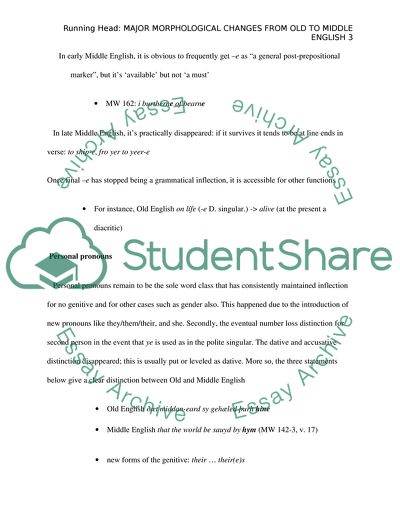Cite this document
(Major Morphological Changes from Old to Middle English Coursework Example | Topics and Well Written Essays - 2500 words, n.d.)
Major Morphological Changes from Old to Middle English Coursework Example | Topics and Well Written Essays - 2500 words. https://studentshare.org/humanitarian/1821206-major-morphological-changes-from-old-to-middle-english
Major Morphological Changes from Old to Middle English Coursework Example | Topics and Well Written Essays - 2500 words. https://studentshare.org/humanitarian/1821206-major-morphological-changes-from-old-to-middle-english
(Major Morphological Changes from Old to Middle English Coursework Example | Topics and Well Written Essays - 2500 Words)
Major Morphological Changes from Old to Middle English Coursework Example | Topics and Well Written Essays - 2500 Words. https://studentshare.org/humanitarian/1821206-major-morphological-changes-from-old-to-middle-english.
Major Morphological Changes from Old to Middle English Coursework Example | Topics and Well Written Essays - 2500 Words. https://studentshare.org/humanitarian/1821206-major-morphological-changes-from-old-to-middle-english.
“Major Morphological Changes from Old to Middle English Coursework Example | Topics and Well Written Essays - 2500 Words”. https://studentshare.org/humanitarian/1821206-major-morphological-changes-from-old-to-middle-english.


